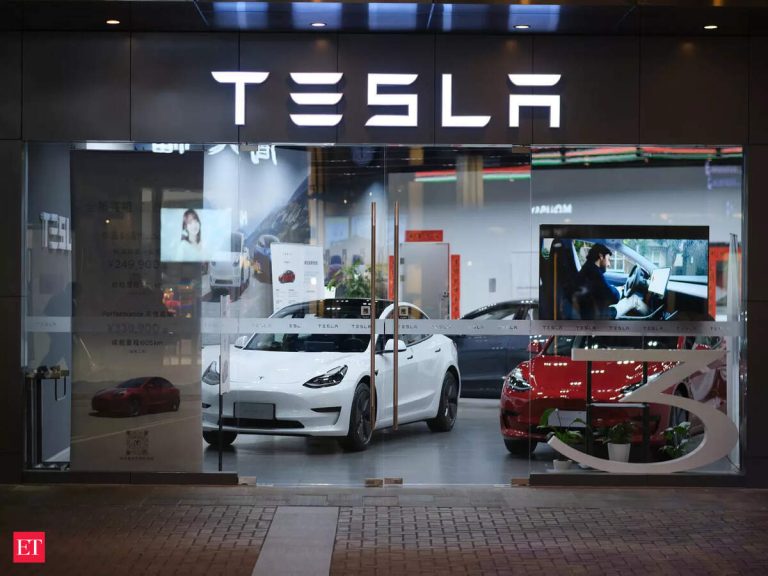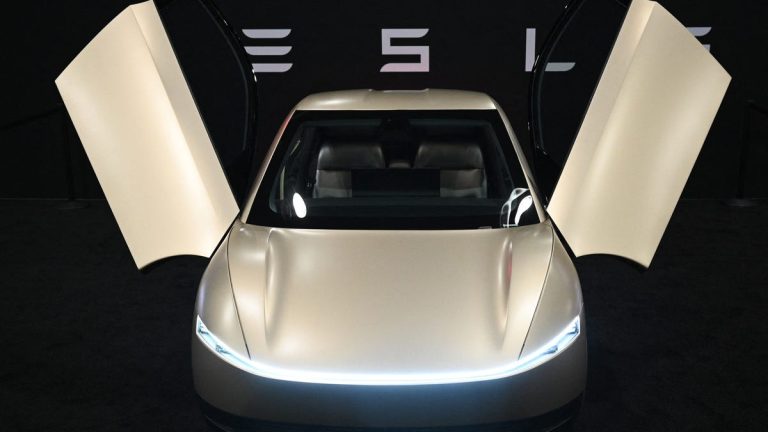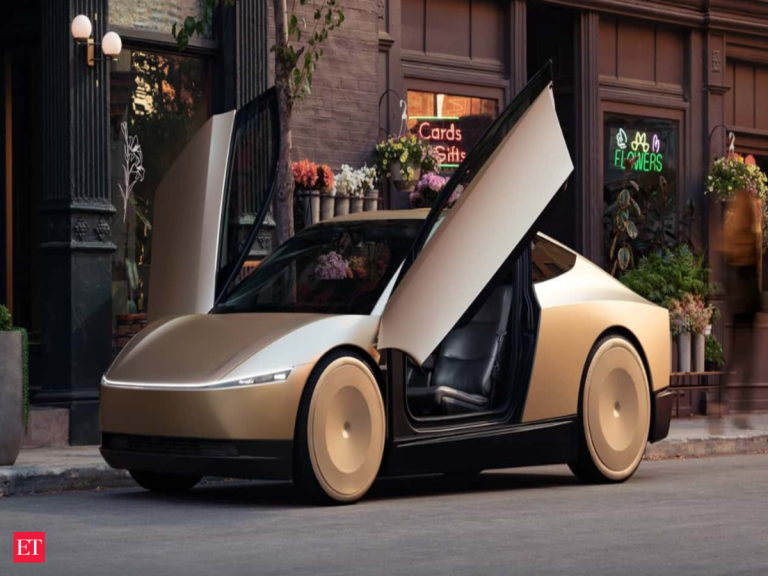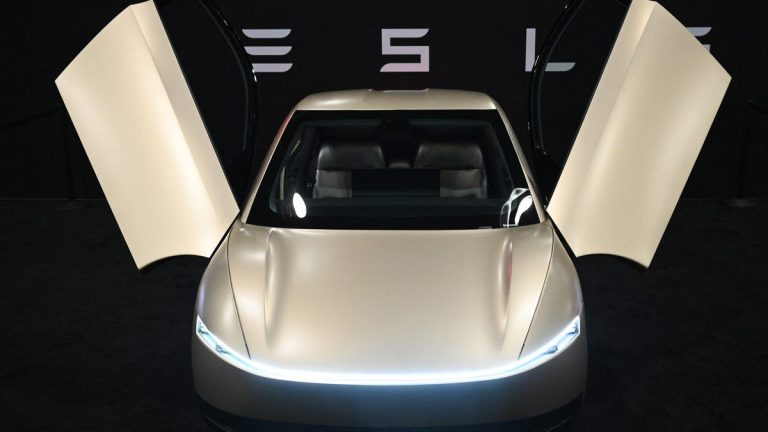
Smart Homes and Smart Living: The Technological Transformation of European Homes by 2025
Smart Homes and Smart Living is revolutionizing the way we live and interact with our living spaces. The integration of smart technology into European homes is transforming the concept of living, making it more efficient, convenient, and sustainable. By 2025, it is expected that a significant number of European homes will be equipped with smart technology, changing the face of the residential sector.
Introduction to Smart Homes
A smart home is a residence that is equipped with advanced technology to make living more comfortable, convenient, and energy-efficient. Smart homes are integrated with various devices and systems, such as lighting, heating, cooling, security, and entertainment, which can be controlled remotely through a smartphone or voice assistant. The use of smart technology in homes is becoming increasingly popular, and it is expected that by 2025, over 50% of European homes will be smart homes.
Benefits of Smart Homes
The benefits of smart homes are numerous, and they can be summarized into the following categories:
- Energy Efficiency: Smart homes can help reduce energy consumption by optimizing energy usage and automating tasks such as turning off lights and appliances when not in use.
- Convenience: Smart homes provide residents with the ability to control various devices and systems remotely, making it easier to manage daily tasks and activities.
- Security: Smart homes can be equipped with advanced security systems, such as motion detectors and video cameras, to provide an added layer of protection for residents and their properties.
- Sustainability: Smart homes can help reduce waste and promote sustainable living by optimizing energy usage and reducing water consumption.
Technological Transformation of European Homes
The technological transformation of European homes is being driven by the increasing adoption of smart technology. By 2025, it is expected that the smart home market in Europe will be worth over $20 billion, with the average smart home having over 10 connected devices. The integration of smart technology into European homes is transforming the way we live and interact with our living spaces, making it more efficient, convenient, and sustainable.
Conclusion
In conclusion, the future of European homes is changing with the integration of smart technology. Smart homes and smart living are revolutionizing the way we live and interact with our living spaces, making it more efficient, convenient, and sustainable. By 2025, it is expected that a significant number of European homes will be equipped with smart technology, changing the face of the residential sector. As the demand for smart homes continues to grow, it is essential for homeowners, developers, and policymakers to work together to create a framework that supports the adoption of smart technology in homes, ensuring that the benefits of smart homes are accessible to all.






